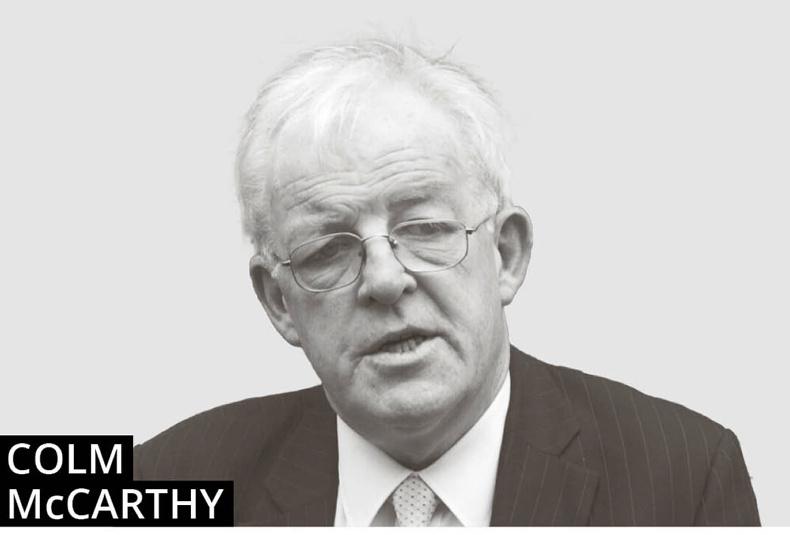The cabinet met on Monday to consider the National Planning Framework, precursor to a new 10-year public investment plan totalling €115bn to be released later this month. The imminent release of these documents has brought forth a tsunami of complaints about the neglect of non-urban Ireland and dire warnings of rural collapse. The writer Brendan Behan once defined an ‘‘Irish fact’’ as anything which has been repeated three times in public. The alleged decline of rural life, and in particular the confident assertions that non-urban Ireland is doomed, have become such a familiar stock-in-trade for politicians that people could be forgiven for thinking that the evidence is conclusive. But these are Irish facts, in the Brendan Behan sense, not real ones.
For example an editorial in the Sunday Business Post last week lamented the sad fate of ‘‘…..rural Ireland, which is quietly suffering a slow and painful death’’. Not suffering a decline note, or a reverse, but the finality of death. There is no hint of uncertainty – rural Ireland is toast, as a matter of observable fact. Nor is it just a portion of rural Ireland that is believed to be on the road to extinction, but all of it.
There is indeed some evidence of decline in parts of rural and small-town Ireland but it is not a universal, or even a widespread pattern. Most rural counties and most towns have not experienced population decline at all in recent decades. Even the Taoiseach appears to have been infected with the contrary impression – RTÉ reported him on Monday as anxious to ‘‘…reverse population decline in rural Ireland’’.

Population growth has been brisk in most areas and is continuing. Nationally, the population has been rising steadily since 1961, when the lowest-ever figure was recorded. In round numbers, the total has gone from 2.8m to almost 4.8m in the period since.
The perception that the increase has been concentrated in Dublin city and county is simply false – the percentage of the national population living in the capital has been fairly constant over the decades at around 28% to 29%.
Over the last 50 years, the rise has been greatest in Leinster, with especially rapid growth in the counties surrounding Dublin, but numbers have grown also in Munster and in Connacht/Ulster, where the 1966 figure of 610,000 has grown to 847,000. There is no evidence to support the apparent alarm that the country is about to collapse into a black hole around Dublin Bay.
There is, however, a strong underlying trend towards urbanisation. The portion of the population living in towns and cities (the CSO defines an area as ‘‘urban’’ if it has more than 1,500 inhabitants) has been rising rapidly in Ireland for most of the last century, a pattern that is almost universal. But that does not mean that the rural population is falling, merely that the urban population is rising faster. At the 2016 census, the population defined as rural was 1,776,000, an increase of 35,000 on the figure five years earlier. The rural population rose in almost every county in Ireland over the period, admittedly not by very much in many cases. Population growth nationally was slower in the 2011 to 2016 period as recession took its toll, and has probably accelerated a little in the last two years.
Demands that economic growth should somehow be re-directed away from urban areas and into rural Ireland, despite the high mobility of a car-owning workforce and the clear preference of business firms for urban locations, will either be ignored or will prove ineffective.
But whatever patterns emerge in future years will be affected by Government policy, in particular Government policy about land-use and zoning. It would be desirable to reverse the urban sprawl of Dublin into the adjoining counties, with slower growth in the Leinster counties and more residential development on the fringes of the existing city.
That there has been a decline in retailing in the smaller towns is undeniable. It is insufficiently appreciated that this has affected the secondary streets of the major cities too, as a quick walk around Dublin or Cork will confirm. This has more to do with consumer mobility and changes in the structure of goods distribution than with any conscious Government policy.
As to the collapse of rural Ireland, happily it does not appear to be happening.






 This is a subscriber-only article
This is a subscriber-only article










SHARING OPTIONS: